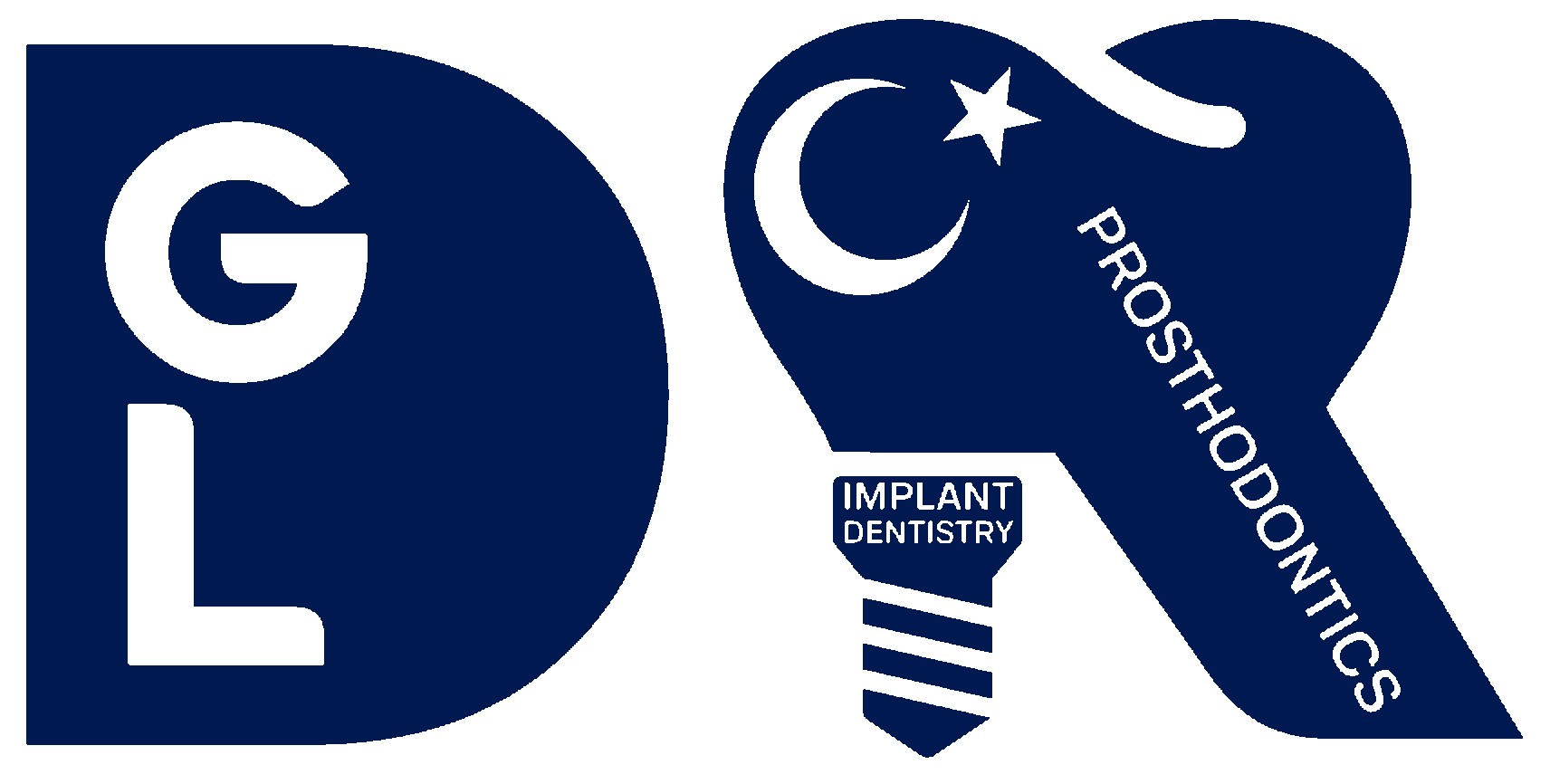In recent years, advancements in dental technology have revolutionized the way dental implants are placed and maintained. One of the most significant innovations is laser-assisted implant therapy, which enhances the precision and effectiveness of traditional implant procedures. This article aims to inform patients about laser-assisted implant therapy, its benefits, and what to expect during the process.
What Are Dental Implants?
Dental implants are artificial tooth roots made of biocompatible materials, typically titanium, that are surgically placed into the jawbone to support replacement teeth or bridges. They are an effective solution for individuals who have lost teeth due to injury, decay, or other dental issues.
What Is Laser-Assisted Implant Therapy?
Laser-assisted implant therapy utilizes advanced laser technology to improve the dental implant process. Lasers are used to prepare the implant site, reduce discomfort, and promote faster healing. This technique can be applied during various stages of the implant procedure, including bone preparation and soft tissue management.

Benefits of Laser-Assisted Implant Therapy
1. Minimally Invasive: Laser technology allows for more precise cuts and less tissue damage compared to traditional methods. This results in a minimally invasive procedure with reduced bleeding and swelling.
2. Reduced Discomfort: Patients often experience less pain during and after the procedure due to the laser's ability to target specific tissues without affecting surrounding areas. This can lead to a more comfortable recovery.
3. Faster Healing Time: The use of lasers can promote faster healing by stimulating blood flow and reducing inflammation. Many patients report a quicker return to normal activities.
4. Improved Accuracy: Lasers provide enhanced precision in targeting the implant site, which can lead to better placement and alignment of the dental implant.
5. Lower Risk of Infection: The sterilizing effect of lasers can reduce the risk of infection at the surgical site, contributing to a smoother recovery process.
The Laser-Assisted Implant Procedure
1. Initial Consultation: The process begins with a thorough examination and consultation with your dentist or oral surgeon. Imaging studies, such as X-rays or 3D scans, may be performed to assess the jawbone and plan the procedure.
2. Preparation: Before the procedure, the treatment area will be numbed using local anesthesia. Sedation options may also be available for anxious patients.
3. Laser Application: The dentist will use a laser to prepare the implant site. This may involve removing any damaged tissue, reshaping the bone, or creating a precise opening for the implant.
4. Implant Placement: Once the site is prepared, the dental implant is carefully placed into the jawbone. The laser may be used again to close the gum tissue around the implant.
5. Recovery: After the procedure, patients will receive post-operative care instructions. Follow-up appointments will be scheduled to monitor healing and ensure the implant integrates properly with the bone.
Aftercare and Recovery
- Pain Management: Over-the-counter pain relievers are often sufficient to manage discomfort. Your dentist may prescribe medication if necessary.
- Oral Hygiene: Maintaining good oral hygiene is crucial for healing. Follow your dentist's instructions on how to care for the surgical site.
- Diet: Stick to soft foods for the first few days post-surgery to avoid irritation at the implant site.
- Follow-Up Visits: Regular check-ups will be scheduled to monitor the healing process and ensure the success of the implant.
Conclusion
Laser-assisted implant therapy represents a significant advancement in dental implant procedures, offering patients a more comfortable and efficient experience. If you are considering dental implants, consult with a qualified dental professional to discuss whether laser-assisted therapy is the right option for you.












